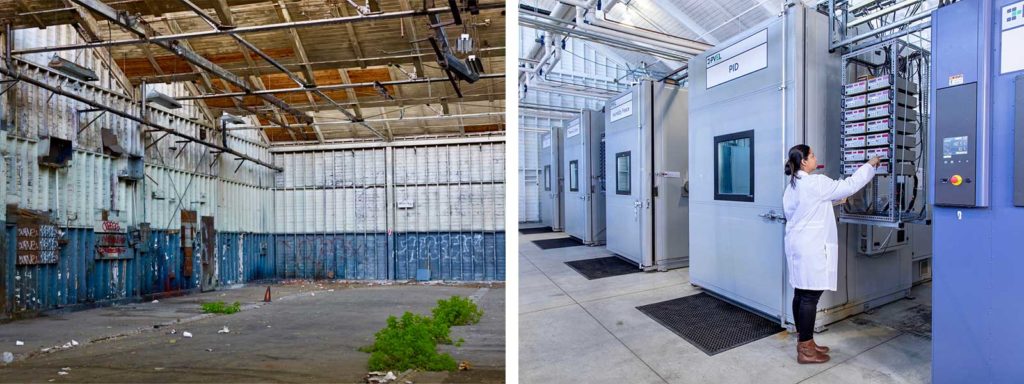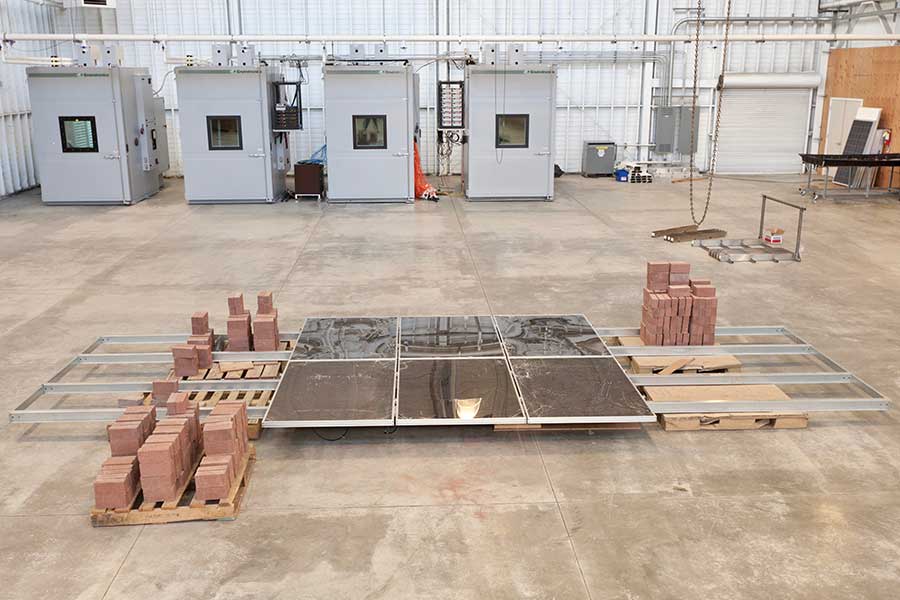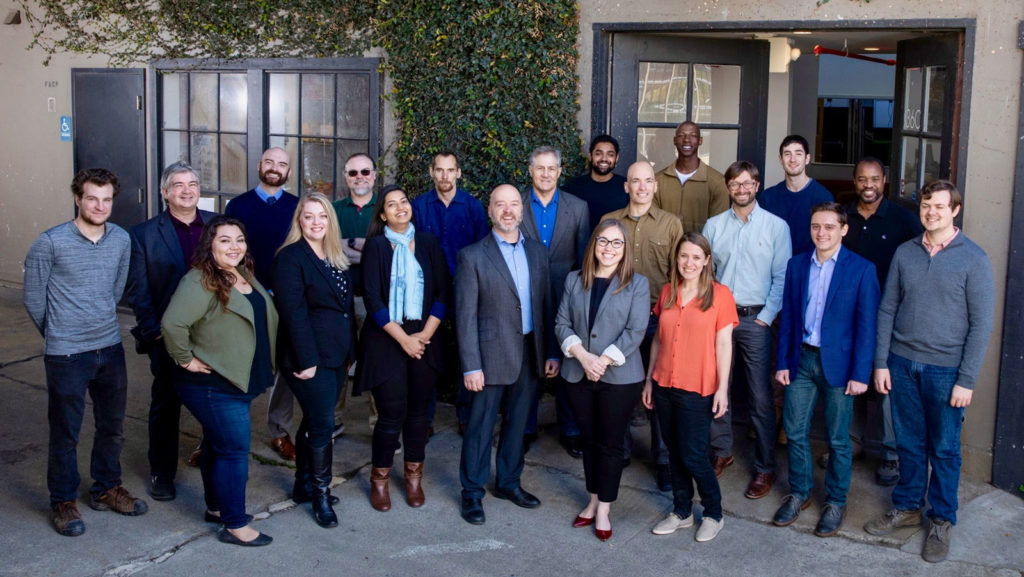As we celebrate our 10th birthday this year, I’ve been reflecting on the past decade in solar and how far we’ve come at PVEL.
When PVEL was first getting started in 2010, annual global solar installations grew tremendously to 17.5 GW (from 7.2 GW the previous year). Cumulative global solar capacity was 40 GW, only about 5% of what’s operating globally today. Banks and developers had no standardized methodology to evaluate potential suppliers, and third-party testing was almost unheard of. There were hundreds of PV module manufacturers around the world, and an ash cloud from an Icelandic volcano was reducing solar insolation and grounding flights globally. PVEL’s state-of-the-art solar laboratory in Berkeley was just starting to hum, and the vast empty concrete floorspace was best used for office chair races. In 2010, we were all living in a simpler pre-tariff world.

In 2018, the solar industry cracked 100 GW of annual installations. That’s more than 500 PV modules installed every minute 24/7/365 somewhere in the world. Analysts are forecasting that we could hit 140 GW in 2020. Manufacturers nowadays regularly have five or even 10 GW of annual production capacity, and there are still a few hundred module manufacturers globally. And “solar photovoltaic installer” is one of the fastest growing jobs in America.
Before founding PVEL, I had the fortunate opportunity to work at SunPower as a reliability engineer for several years. I helped build out a reliability lab there and started testing various modules. To my astonishment, the degradation I observed was all over the map. Some modules degraded very little, others crashed and burned.
SunPower had many very creative and smart engineers, and from them I learned about solder joint degradation, cell cracks, hot spots, encapsulant yellowing and various other aging mechanisms. We developed accelerated methods to evaluate potential vendors for SunPower’s project development business (formerly called PowerLight). Before 2010, banks and developers typically procured and financed PV modules based exclusively on price and other commercial terms. My testing experience revealed just how variable module reliability actually was, so it seemed obvious that product design, materials and manufacturing quality should contribute to vendor selection and financing decisions.
The motivation for starting PVEL in 2010 was to enhance and accelerate the way solar technology was evaluated and selected for volume deployment. We believed there needed to be a standardized, robust test program of reliability and performance testing, one that would provide banks and developers with meaningful answers to some tough questions regarding the durability and reliability of products, which would absolutely impact the success or failure of their investments.
We had to overcome several challenging problems to see this vision through to reality, not the least of which was fundraising during the Great Recession. One benefit of seeking investment during a financial crisis is that most venture capitalists aren’t doing much and are happy to chat. I met with more than 100 potential investors, ranging from individuals to multi-hundred-million dollar funds. I gained tremendous insight and got very used to rejection.

One fine afternoon in San Mateo after an investor pitch, I was standing in a parking lot when I heard a familiar voice. My boss’s boss’s boss, Dan Shugar, happened to be in that same parking lot. I was fairly sure I was about to get fired considering I still worked at SunPower and had no obvious business being in that parking lot. Nevertheless, after a ride in his new Tesla roadster and some discussions over sushi, Dan became an early investor and board member. This was the first of many inflection points that finally resulted in PVEL opening our doors for business in mid-2010.
In 2012, our vision became reality when we formally launched our PV Module Product Qualification Program (PQP), which enabled banks and developers to rely on empirical, independent lab data rather than assumptions and marketing. Our Program also gave manufacturers access to the large buyers through publications like the PV Module Reliability Scorecard where they could demonstrate their product performance.
Our first module PQP participant was the Taiwanese module manufacturer Inventec Energy, and they performed quite well. Over the past decade, PVEL has introduced PQPs for inverters and energy storage and has tested more than 100 manufacturers covering 350 different Bills of Materials (BOMs) through our three qualification programs – representing over 1,000 individual projects.

PVEL has fundamentally transformed the way solar technology is evaluated and financed. Banks and developers can now mitigate their risk and obtain meaningful answers to questions around longevity, durability and reliability by simply asking for the PVEL PQP report or accessing it themselves through our online reports portal. With thousands of modules processed per year, whatever open floorspace we have left in our busy Berkeley lab is now more suitable for ping pong than office chair races.
In our early years, solar tradeshow exhibition halls were filled with mostly undifferentiated mono- and multicrystalline modules and a handful of thin-film products. Now we see so much cell and module innovation taking place: bifacial, larger wafers, half-cut cells, thinner frames, novel cell-to-cell interconnect methods (multi-busbar, SmartWire, back contact, etc.), different high-efficiency cell technologies (PERC, HJT, nPERT, Zebra, etc.), thinner glass, light reflecting ribbon, shingled cells, cast-mono, novel encapsulants, novel backsheets…. The list goes on. With all this new technology being introduced, PVEL’s role in the industry has never been more critical.
As PVEL celebrates its 10th birthday and our first decade of business operation, we’d like to thank all of our downstream partners and manufacturer clients. With less than 2.5% of global electricity coming from solar energy, we still have our work cut out for us. I’m confident our 20th birthday will see sub-1 cent solar electricity pricing and multi-terawatt levels of global PV installations. We’re looking forward to another exciting decade.
